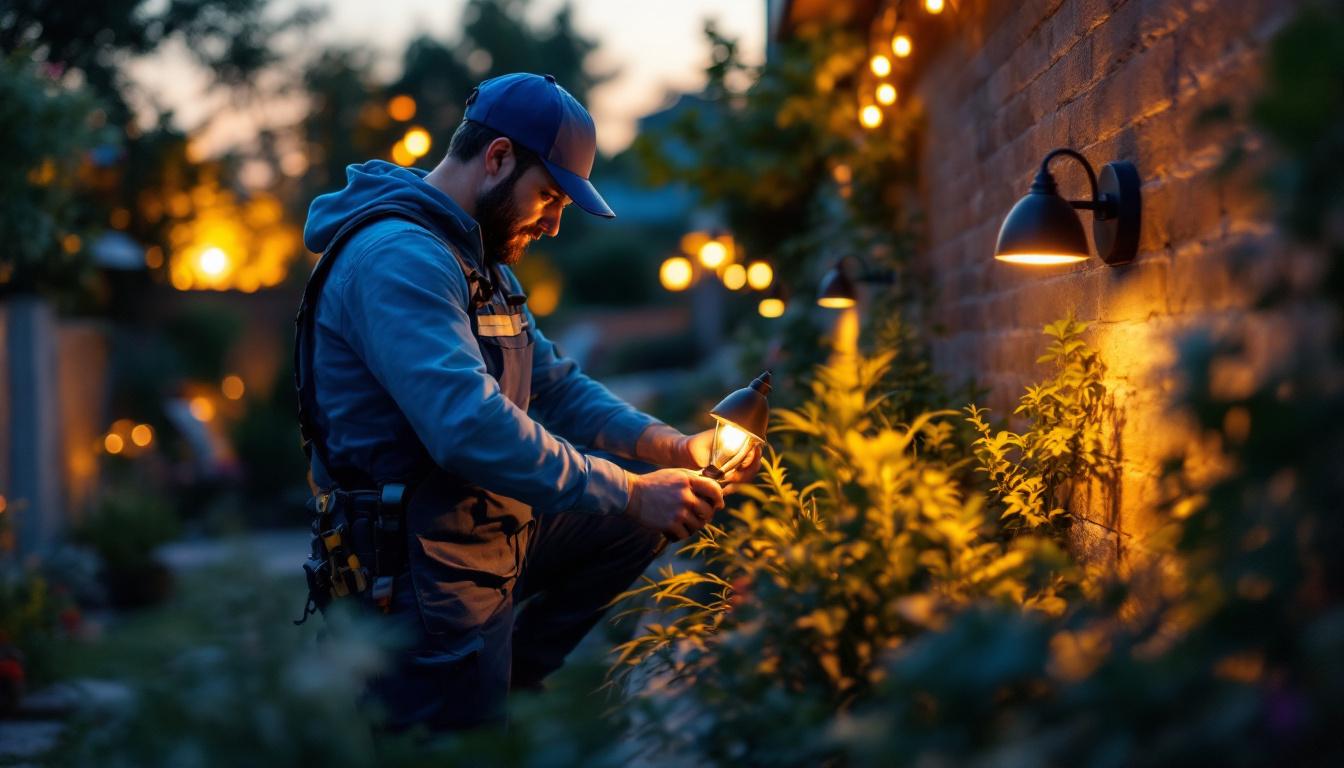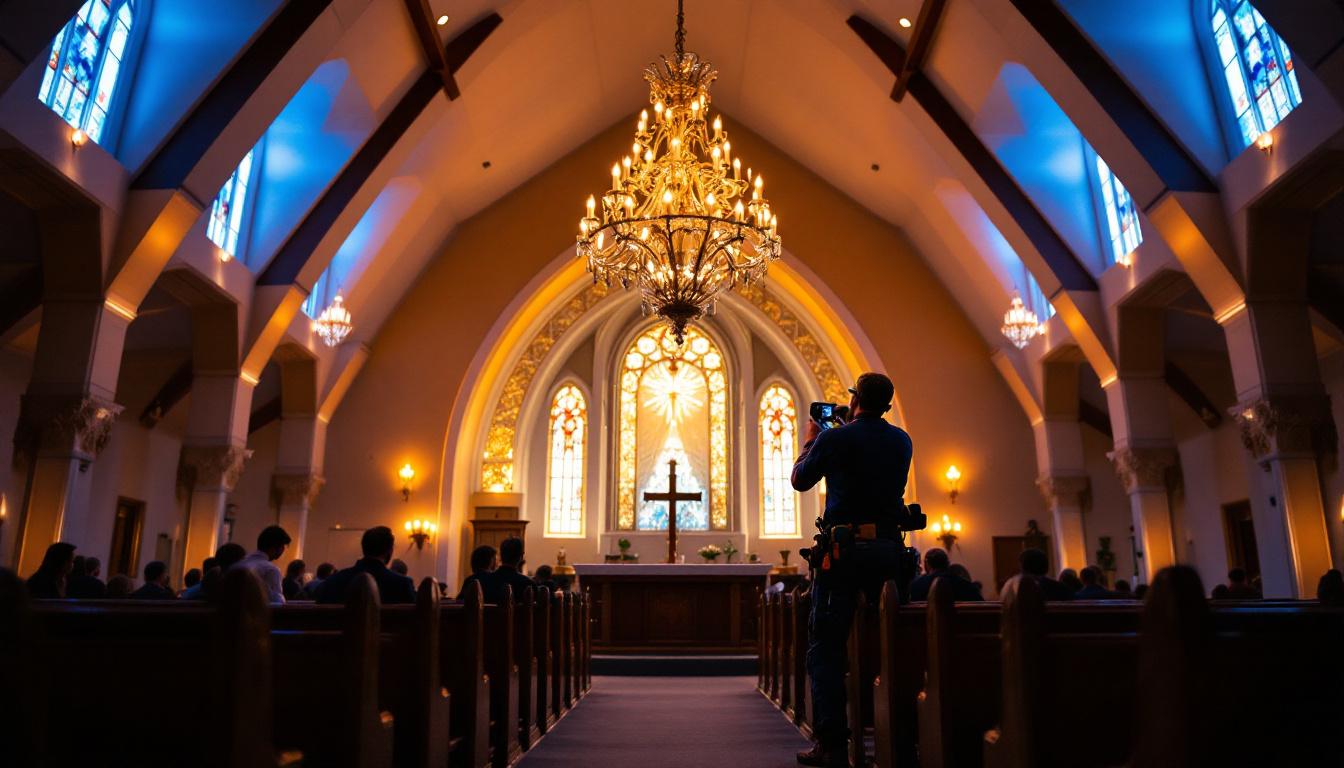
Closet lighting may seem straightforward at first glance, but it presents a unique set of challenges that lighting contractors must navigate carefully. Unlike general room lighting, closet fixtures must balance functionality, safety, and space constraints. Pull chain light fixtures are a common solution due to their simplicity and ease of use, but improper installation or selection can lead to frequent maintenance issues, safety hazards, and dissatisfied clients.
For lighting contractors, mastering the nuances of closet light fixtures with pull chains is essential not only for delivering quality work but also for building a reputation for reliability and expertise. This guide highlights common mistakes to avoid and best practices to follow, ensuring that your closet lighting installations are both efficient and code-compliant.
One of the primary challenges in closet lighting is the limited space available, which often requires creative solutions to maximize illumination without compromising aesthetics. Many closets are designed with shelving or hanging rods that can obstruct light, creating dark corners that are difficult to navigate. In such cases, utilizing LED strip lights or puck lights can provide a more even distribution of light, enhancing visibility while maintaining a sleek appearance. Additionally, the color temperature of the lighting is crucial; warmer tones can create a welcoming atmosphere, while cooler tones may help in accurately assessing clothing colors and textures.
Another important consideration is energy efficiency and longevity. As closets are often used daily, selecting fixtures that not only provide adequate light but also consume less energy can significantly reduce utility costs over time. Incorporating motion sensors can further enhance energy savings by ensuring that lights are only activated when the closet is in use. Furthermore, educating clients on the benefits of modern lighting technologies, such as smart lighting systems, can lead to more informed choices and potentially increase the value of the installation, making it a win-win for both the contractor and the client.
One of the most frequent errors contractors make is improper placement of the pull chain fixture within the closet space. Closets often have limited space, and fixtures installed too close to shelving or hanging clothes can cause damage or create fire hazards. The National Electrical Code (NEC) recommends maintaining adequate clearance around light fixtures to prevent heat buildup and ensure safe operation.
Additionally, the pull chain should be positioned at an accessible height and location. Installing the chain too high or tucked behind shelving can frustrate users and lead to unnecessary service calls. A good rule of thumb is to place the fixture where the chain can be easily reached without obstruction. Furthermore, considering the overall layout of the closet can enhance functionality; for instance, placing the light fixture centrally can illuminate the entire space more effectively, allowing users to see their clothing and accessories clearly without shadows.
Closet fixtures are often small and enclosed, which can trap heat. Using bulbs with wattage exceeding the fixture’s rating is a common mistake that can cause premature fixture failure or even fire risks. Many contractors default to standard incandescent bulbs without verifying the fixture’s specifications, leading to overheating.
Modern LED bulbs offer a safer, energy-efficient alternative, producing less heat and lasting significantly longer. Selecting LED-compatible fixtures or retrofit LED bulbs designed for pull chain lights is a best practice that reduces heat concerns and maintenance frequency. Additionally, opting for dimmable LED options can provide versatility in lighting, allowing users to adjust the brightness according to their needs, whether they are selecting outfits or storing items. This adaptability not only enhances user experience but also contributes to energy savings over time.
Electrical codes vary by jurisdiction, but all require that closet lighting installations meet specific safety standards. Pull chain fixtures must be installed on a properly rated junction box, and wiring must be secured and protected against damage. Failure to comply with these regulations can lead to inspection failures, liability issues, and client dissatisfaction.
Contractors should stay up to date with local code requirements and ensure that all components used—including pull chains, fixtures, and wiring—are UL-listed or certified by a recognized safety organization. This diligence not only protects clients but also enhances professional credibility. Moreover, educating clients about the importance of these codes can foster trust and transparency, ensuring they understand the value of a safe installation. Providing documentation or a checklist of compliance measures can also serve as a useful reference for both contractors and clients, reinforcing the commitment to safety and quality in every project.
Closet lighting fixtures come in various styles, including flush mounts, semi-flush mounts, and surface-mounted options. For closets, surface-mounted fixtures with pull chains are often preferred due to their ease of installation and maintenance. Selecting fixtures with enclosed or frosted covers can help diffuse light evenly and reduce glare, improving the overall user experience.
When selecting fixtures, consider the closet size, ceiling height, and typical usage patterns. For example, larger walk-in closets may benefit from multiple fixtures or a combination of overhead and task lighting to eliminate shadows and illuminate all areas effectively. Additionally, the aesthetic of the fixture should complement the overall design of the closet. A sleek, modern fixture can enhance a contemporary space, while a more traditional design may suit a classic decor theme. This attention to detail can elevate the closet from a mere storage area to a well-designed part of the home.
Proper installation techniques are critical to ensure the longevity and functionality of pull chain closet lights. Use sturdy mounting hardware to secure the fixture firmly to the ceiling or wall. Ensure that the pull chain mechanism operates smoothly without sticking or excessive slack, which can cause premature wear. It’s also wise to check the electrical connections during installation to prevent flickering or failure, which can lead to frustration for users.
Additionally, provide clear instructions to homeowners or building managers on how to operate and maintain the fixture. Simple guidance on bulb replacement, cleaning, and pull chain use can prevent common user errors that lead to damage or service calls. Consider including a maintenance schedule that outlines when to check the fixture for dust accumulation or signs of wear, ensuring that the lighting remains functional and efficient over time.
Energy efficiency is increasingly important to clients and building codes alike. Incorporating LED lighting technology into pull chain fixtures not only reduces energy consumption but also minimizes heat output and extends bulb life. This reduces maintenance frequency and enhances safety, especially in confined closet spaces. Furthermore, LED lights are available in a variety of color temperatures, allowing for customization of the ambiance within the closet—whether a warm glow for a cozy feel or a bright white for a more utilitarian approach.
Contractors should recommend LED-compatible fixtures or retrofit kits when updating existing installations. Additionally, consider integrating motion sensors or timers where appropriate to further improve energy savings without sacrificing convenience. These smart solutions can automatically turn lights on when the closet is accessed and off when not in use, providing both energy efficiency and ease of use. By staying ahead of technology trends, contractors can offer clients innovative solutions that enhance both functionality and sustainability in their homes.
Pull chain mechanisms can wear out over time, leading to issues such as the light failing to turn on or off, the chain becoming detached, or the fixture flickering. Regular inspection during routine maintenance visits can identify these problems early.
Replacing worn pull chain switches is often straightforward but requires careful handling to avoid damaging the fixture or wiring. Always turn off power at the breaker before servicing and use replacement parts that match the original specifications.
Many lighting issues stem from improper use or neglect. Educating clients on the correct way to operate pull chain lights—such as gentle pulling rather than yanking—can extend the fixture’s lifespan. Advising on appropriate bulb types and wattages also prevents overheating and fixture damage.
Providing a simple maintenance checklist or care guide as part of the installation handover can empower clients to take proactive steps, reducing the likelihood of service calls and enhancing satisfaction.
Closet light fixtures with pull chains are a practical and popular choice, but they require thoughtful selection, installation, and maintenance to perform reliably and safely. By avoiding common mistakes such as improper placement, ignoring wattage limits, and neglecting code compliance, lighting contractors can deliver superior results that meet client expectations and regulatory standards.
Embracing best practices—including choosing the right fixtures, prioritizing energy efficiency, and educating clients—will not only reduce callbacks but also position contractors as trusted experts in residential and commercial lighting. Investing time and attention into these details transforms a simple closet lighting job into a showcase of professionalism and quality workmanship.
Ready to elevate your closet lighting installations with fixtures that combine quality, efficiency, and affordability? Look no further than LumenWholesale. Our extensive selection of spec-grade lighting products is designed to meet the highest industry standards, ensuring you deliver reliable and high-performance lighting for every project. With unbeatable wholesale prices and the convenience of free shipping, we make it easy to stock up on top-quality lighting without the hidden fees or compromises. Wholesale Lighting at the Best Value is just a click away. Experience the LumenWholesale difference today and light up your projects with confidence.

Discover the essential factors lighting contractors must consider when selecting ceiling fans.

Discover the essential small outdoor light fixtures every lighting contractor needs.

Discover the essential guide to small light bulb sizes tailored for lighting contractors.

Discover how church chandelier lighting contractors can elevate your sanctuary’s ambiance, attract more visitors, and boost your business—learn key strategies today!.